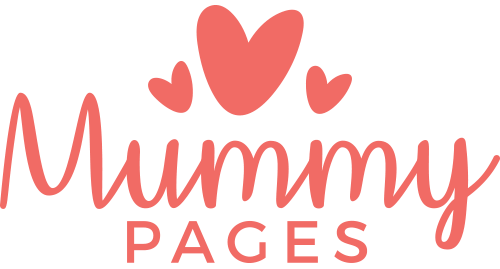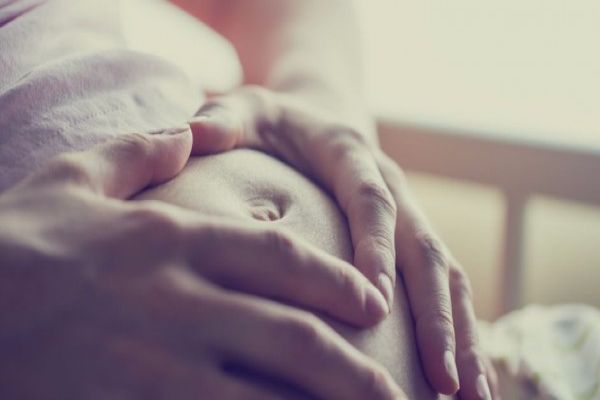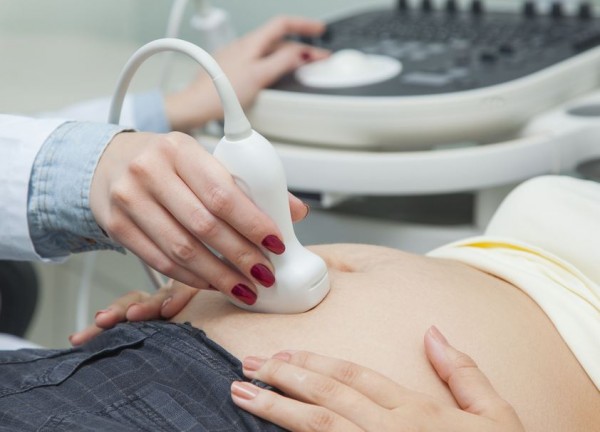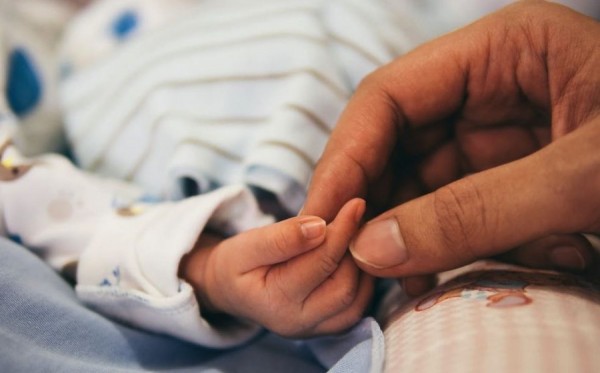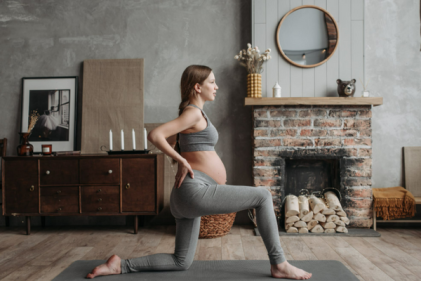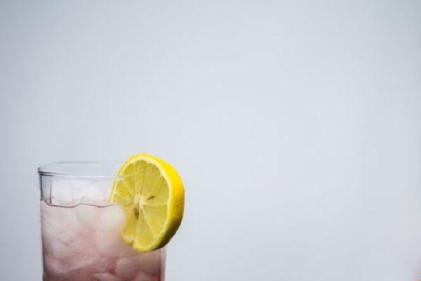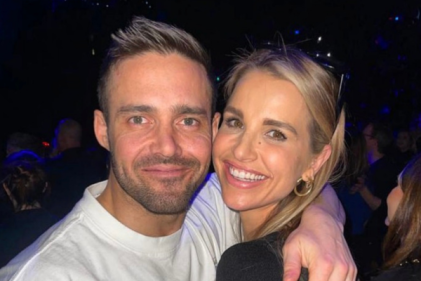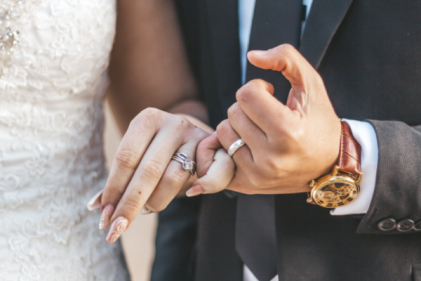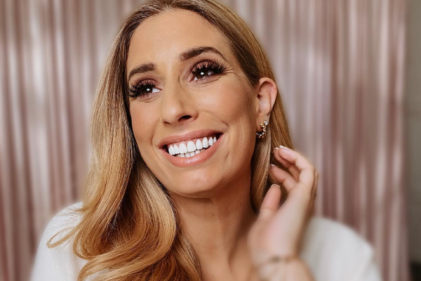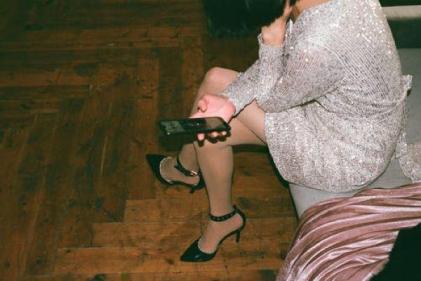They don’t call it the miracle of life for nothing – pregnancy and birth are absolutely amazing, and we are reminded of this each and every time our baby shows off a new skill or habit.
It all starts in the womb, however; and, according to new research, certain abilities actually develop much earlier than we previously thought.
According to a study carried out by researchers at the University of Kansas, babies can distinguish between two different languages from as early as in the womb.
Sharing their results in the scientific journal NeuroReport, the team revealed that they have evidence of language development beginning in utero.
As part of their research, the team analysed data involving 24 pregnant women in the US. They played clips of both Japanese and English conversation to them, then measured the foetuses’ heartbeats to monitor how they reacted.
The results were fascinating; they discovered that the unborn babies were able to distinguish between both languages, which have very different patterns of rhythm.
When they played the Japanese clip, the babies’ heart rates changed; they believe that this is because they were unfamiliar with the language. However, the heart rates remained unchanged when the more familiar English clips were played.
Writing about the findings in the journal, lead researcher Utako Minai described it as an ‘extremely exciting’ development.
“Foetuses are tuning their ears to the language they are going to acquire even before they are born, based on the speech signals available to them in utero,” he wrote.
“Pre-natal sensitivity to the rhythmic properties of language may provide children with one of the very first building blocks in acquiring language."
This very interesting finding comes just weeks after researchers in the UK discovered that babies can recognise faces while still in the womb.
As part of their study, scientists at the Lancaster University shone dots of light arranged to look like human eyes and mouths through the uterus wall of 39 mums-to-be, at 34 weeks pregnant.
In the follow-up report, published in the journal Current Biology, the team revealed that the babies turned their heads to look at the face-like light-arrangement. When it was adjusted to make it look like an upside-down face, however, the babies didn’t react.
It really is incredible to see how quickly our little ones develop. We never fail to be amazed!
